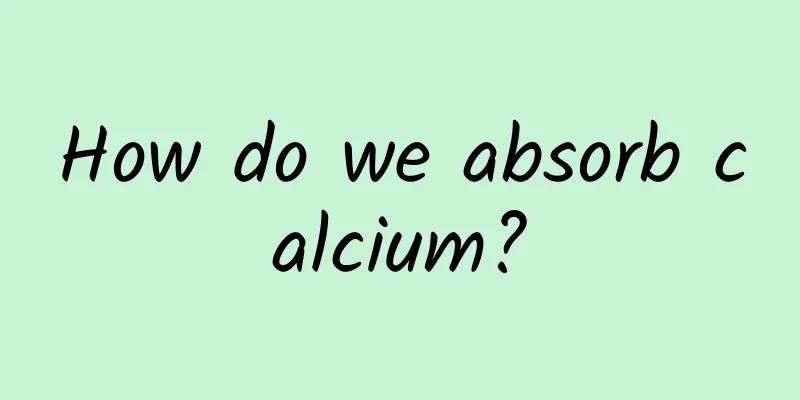Treatment of bacterial vaginitis and candidal vaginitis

|
Many people often confuse vaginitis with candidal vaginitis, but currently the most common types of bacterial vaginitis are candidal vaginitis and bacterial vaginitis. These two diseases are completely different, and the bacteria they cause are also different. Generally, the treatment for candidal vaginitis is mainly conventional treatment, which changes the acidity and alkalinity of the vagina to achieve the therapeutic effect, while the treatment method for bacterial vaginitis is mainly to clean the local vagina, supplemented with medication, and achieve recovery through sitz bath therapy. Fungal vaginitis Treatment of candidal vaginitis can be done with either Western medicine alone or a combination of Chinese and Western medicine. (1) General treatment: Actively treat other diseases that may cause candidal vaginitis, and promptly stop using broad-spectrum antibiotics and estrogen. (2) Changing the pH value of the vagina: This can inhibit the growth and reproduction of fungi. You can use 2%~4% baking soda water to flush the vagina 1~2 times a day, and one course of treatment is 2 weeks. After flushing, wipe the vulva dry and keep it dry to inhibit the growth of Candida. (3) Local medication: Using imidazole suppositories for vaginal application has a good effect on candidal vaginitis. In case of complicated pregnancy, local treatment should still be carried out to avoid infecting the newborn, and sometimes treatment needs to be continued for 8 months of pregnancy to prevent recurrence. (4) Oral medication: Since fungal infections can be transmitted between couples through sexual intercourse, both parties can be treated with oral medication, which can also inhibit intestinal Candida albicans. Take the medicine after meals. Bacterial vaginosis 1. General treatment Keep the vulva clean and dry and avoid scratching. Do not eat spicy foods. Change your underwear frequently and wash it with warm water. Do not mix it with other clothes to avoid cross infection. 2. Medication (1) Metronidazole is currently considered to have reliable therapeutic effects and should be taken twice a day for 7 consecutive days. (2) Methicillin (clomiphene) is used for 3 days. (3) Thiamphenicol (Thiamycin) is effective against a variety of Gram-negative and Gram-positive bacteria, and has a good therapeutic effect on the growth of anaerobic bacteria, so it can also be used. (4) Cleansing and ampicillin can also be used. In recent years, it has been advocated that no treatment is needed for asymptomatic people. 3. Local therapy Topical medications can be used for treatment, such as metronidazole suppositories, once a night for 7 consecutive days. 4. Treatment of comorbidities If other pathogens are detected, use medications targeting those pathogens to avoid the abuse of antibiotics. Pay attention to the medication for systemic conditions, and provide support and immunotherapy at the same time, and pay attention to adverse drug reactions. 5. Partner therapy Male sex partners are treated at the same time. |
<<: What are the early symptoms of endometriosis?
>>: What are the symptoms of a double uterus?
Recommend
Burning pain in chest
There are many specific reasons for burning pain ...
What is the reason for blood in leucorrhea
There are two types of bloody vaginal discharge: ...
Do you know the correct way to take nitroglycerin?
Nitroglycerin is a common medicine for patients w...
What is the reason for my period to come again after a year of absence?
Generally speaking, women start to have their per...
What foods should you eat if your estradiol level is low? 5 foods can help you
If a woman has low estradiol levels, she may be s...
How many days of withdrawal bleeding after taking birth control pills
Once a woman takes birth control pills, she will ...
The correct massage method for breast enhancement
A woman should not only have a good appearance an...
The best time for color Doppler ultrasound during pregnancy
The four-dimensional color ultrasound scanner is ...
What to do when your belly is bloated during pregnancy
Pregnant women always feel hungry, so they eat a ...
Can cat litter be used even if it has grown hair? How to store cat litter that you don't buy?
Cat litter is one of the must-have items for almo...
What to eat during menstrual period to enlarge breasts
Breast augmentation is an eternal topic. Many wom...
Variability in LDL-C, HDL-C, and HbA1c levels synergistically increases the risk of cardiovascular and all-cause mortality in diabetic patients
Diabetes is a major public health problem worldwi...
A woman dreams of her nails falling off
What does it mean to dream about your fingernails...









